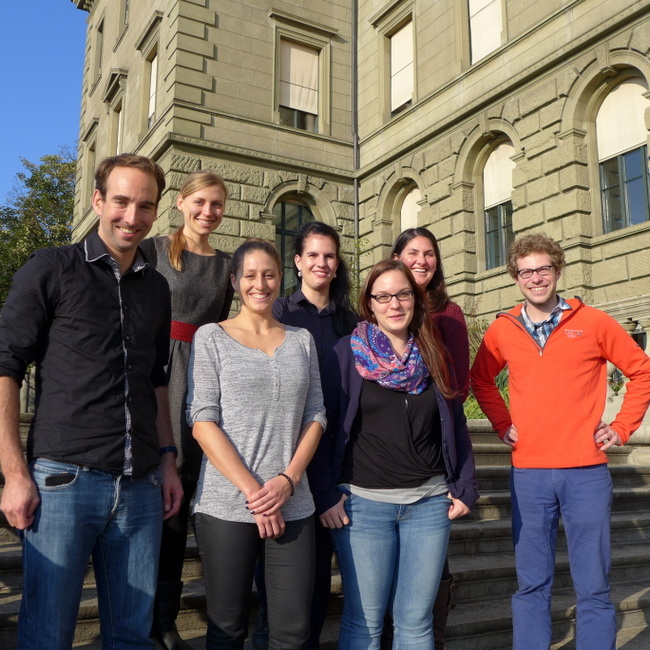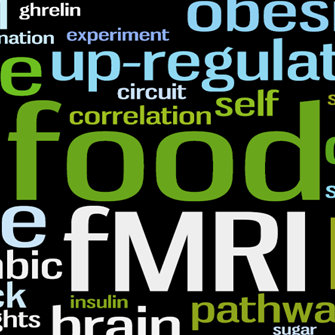E2L2M
Consistent with the strategic research priorities of the Department of Health Sciences and Technology (D-HEST), seven interdisciplinary projects ranging from basic to applied research, aim, firstly, for a better understanding of fundamental mechanisms on molecular and neuroanatomical levels, and secondly, for the development of novel approaches to modulate the functional and behavioral effect of rewards.
Contact
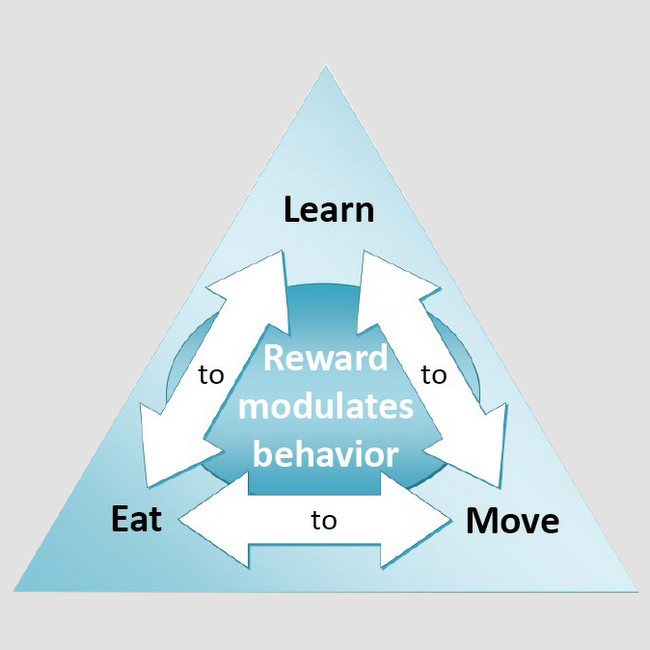
The E2L2M project consists of seven subprojects each involving collaborators from at least two of the three corners of the research triangle. All seven subprojects contribute to the understanding of motivated motor and eating behavior, from a fundamental to an applied point of view. Interventions, organisms and assessments are adjusted so that different types of reward and related motivated behavior can be investigated on a molecular, neuroanatomical, mechanistic, functional, and behavioral level.
Subprojects
Epigenetic Basis of Motivated Behavior
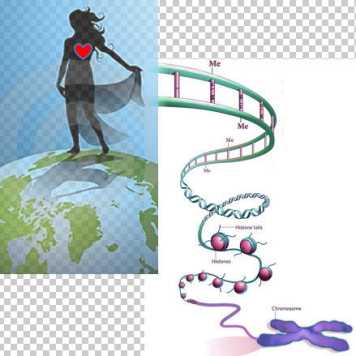
We aim towards the identification of target genes which underly motivated behaviors in order to delineate the molecular and signalling pathways that are affected. This will reveal the specific changes in the epigenome and transcriptome that can be modulated by experiences and occur in adult individuals during motivated behaviors.
Mechanisms of motivated long-term rehabilitation after stroke in animal models

In the present project we will use a complex enriched environment (natural habitat cage) to study self-motivated intense sensory-motor training of rats after large stroke lesions. Training will be rewarded by food as well as social interactions.
More about Mechanisms of motivated long-term rehabilitation after stroke in animal models
Measuring the motivational influences of reward and habits on human motor behavior
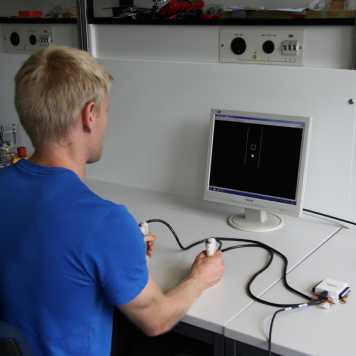
We propose a new behavioral paradigm making use of the strong link between motivational drive and the motor system. We will use an an approach motivated by Neuroeconomics, which experimentally reduces the subjective costs.
More about Measuring the motivational influences of reward and habits on human motor behavior
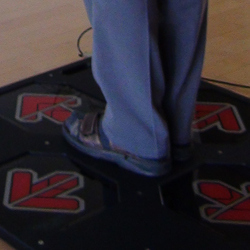
The aim of the project is to investigate changes of the brain dopamine system in elderly due to VR driven training with and without dietary intervention. Molecular imaging using RAC-positron emission tomography (PET) will allow direct assessment of the brain dopamine system pre- and post-intervention. This project will contribute to the success of D-HEST through integration of complementary expertise in human movement and nutrition sciences together with biomedical technology to design health strategies to prevent brain related gait disorders of elderly. We expect that this new approach will provide new insights into the mechanisms of the interaction of exercise and nutrition on brain synaptogenesis. These will translate into well-defined optimal combinations of exercise and nutrition for prevention of mobility loss in elderly, in order to reduce the risk of falls and fractures, and contribute to healthy aging.
More about Enhancing brain through motor learning and nutrition
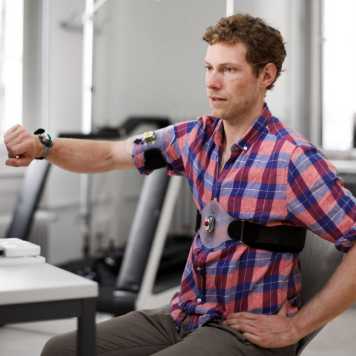
This project aims to encourage stroke patients to healthier movement patterns through precise measurement and feedback of intensity and type of activity, creating an adaptable and motivating mode of rehabilitation. We will develop and experimentally validate miniature wearable sensor modules and multi-modal feedback technology capable of encouraging chronic stroke patients to a more frequent use of their affected upper limb in the home environment.
More about Encouragement-induced movement therapy in daily life
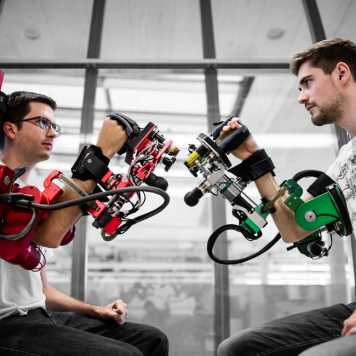
The arm therapy robot ARMin improves motor functions even years after stroke (Klamroth-Marganska et al. 2014). In order to intensify the therapy, supplementary motivational, technology-based motion game platforms are now to be integrated which allow shared and concurrent playing by multiple users. Thus, forms of social interaction are presented to the patient.
More about Social rewards in robot-assisted multi-subject rehab exercises

